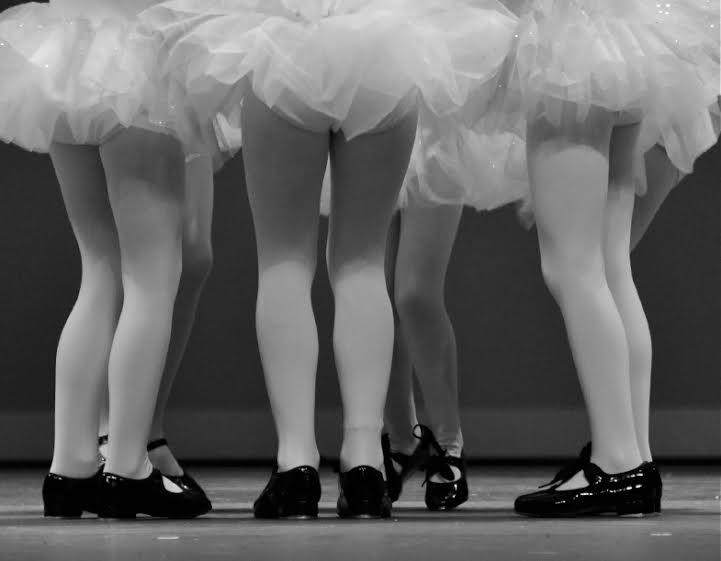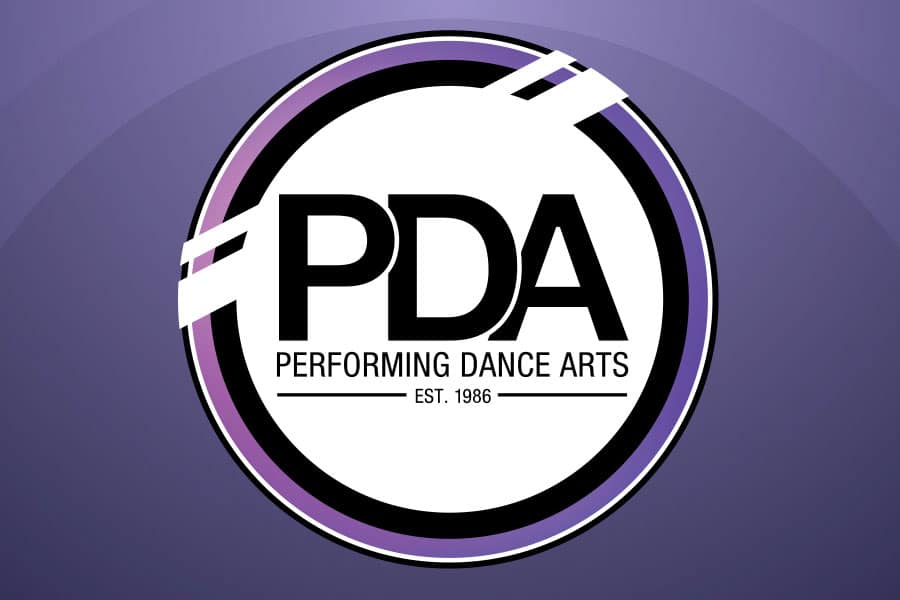Even if you’re not a fan of pop culture television, you’ve likely heard of the hit series Dancing With The Stars. The reality series pairs trained dancers with celebrities who generally have little-to-no experience with dancing, and pits them in an elimination-style dance tournament to determine who will be the last dancers, well, dancing. Each week, the pair who receives the lowest number of points and audience votes is eliminated until one pair remains.
For all of its pop culture allure, there’s actually a lot of work that goes into the dance routines. Celebrities are required to really practice—and the professional dancers who are preparing them are putting their names, and choreography skills, on the line. These choreographers are essentially training amateurs (albeit famous amateurs, but amateurs nonetheless) and having them perform in front of millions of viewers on a weekly basis.
Much More Than TV
Of course you’d expect that much of what you see is glamorized for a TV audience, but there really is a lot of effort that goes into preparing the dance routines. Each season, celebrity participants generally open up about the physical and technical challenges of putting together a dance routine.
Chrystal Chenery, a contestant on Dancing With The Stars NZ Season 6, recently opened up about dancing elements that most people wouldn’t even consider. For example, factors such as posture, or remembering the right facial expressions, are all part of what onlookers and judges would rate as a successful routine. And to be able to do what she describes as “unnatural” movements in a dress or outfit and heels doesn’t make the experience any easier.
Chenery adds that “just because some dances are slower…doesn’t mean they’re easier.” And let’s not forget about being thrown in the air, spun around, dipped or dropped—it’s all considered as part of putting on a good show!
Appreciate The Benefits of Dance
Dancing With The Stars has put the art of dancing on the main stage; so much so that it has made more children interested in dancing—and that can only be seen as a positive thing since there are so many benefits to dance. Each form of dance—ballet, hip hop, jazz, and more—comes with its own challenges. There’s a lot to consider, from learning new dance steps to working with other dancers as part of a dance academy.
But what must not be forgotten are the psychological aspects of dance, particularly for young children. It does wonders for their confidence, helps them interact socially with their peers and develops their communication skills. This sense of accomplishment is also a big deal.
At Performing Dance Arts, all of our dancers are treated like family; this motivates students to work together cohesively and as a team. We’re glad to play a role in helping young dancers grow, as well as inspire creativity, coordination and self-confidence in all aspects of their lives.
Contact us today for more information about getting your child involved in dance programs in Vaughan and the GTA.
Source:
Grunwell, R., “Behind the Scenes at Dancing With the Stars,” stuff.co.nz, June 24, 2015; http://www.stuff.co.nz/life-style/well-good/inspire-me/69646691/Behind-the-scenes-at-Dancing-with-the-Stars-The-fitness-benefits-of-dancing.



